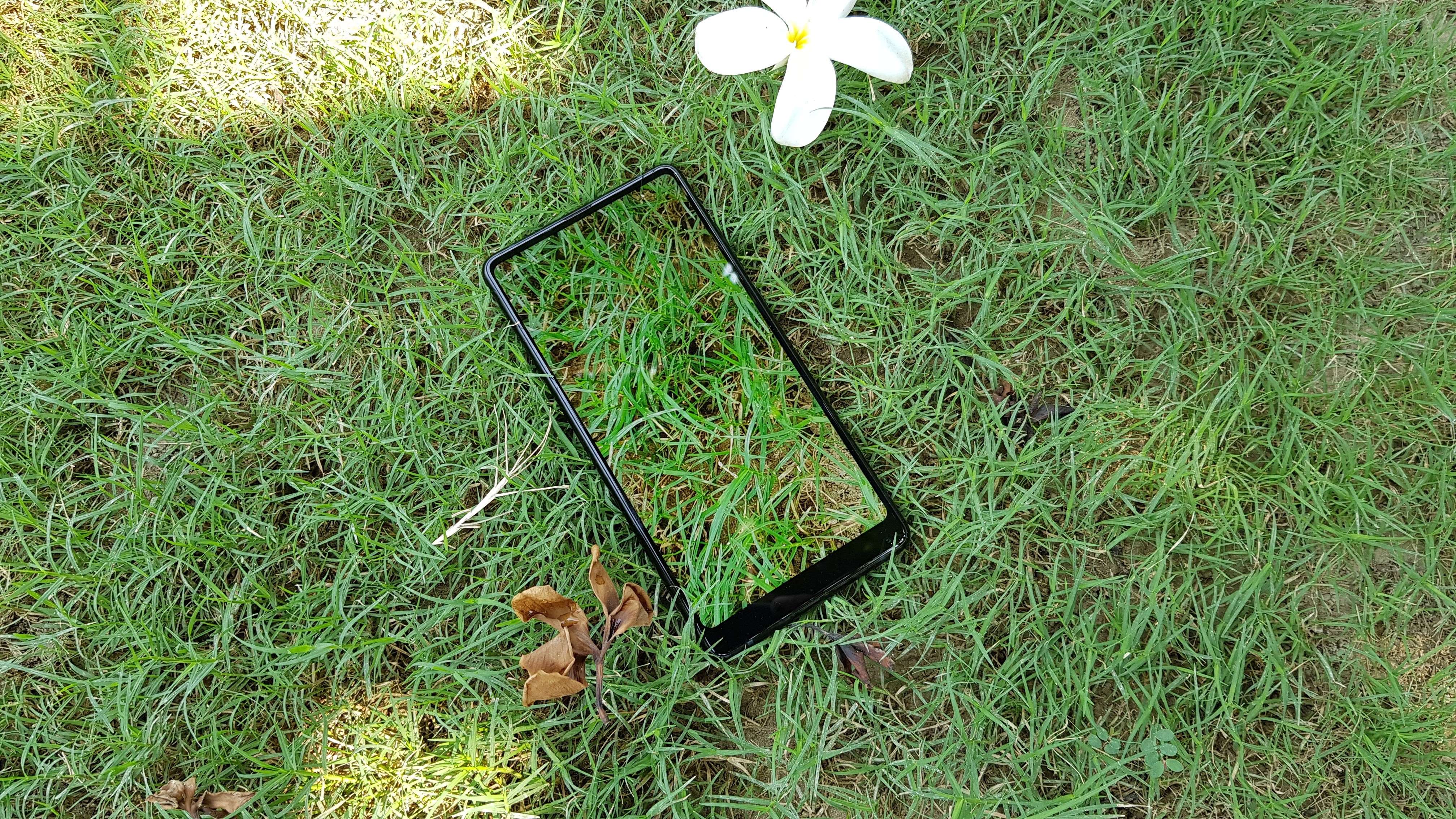Why you can trust TechRadar
Battery life
- You'll easily get a full day's use from a single charge
- Quick-charge support and power-saving modes
The Mi Mix 2 comes with a 3,400mAh non-removable battery packed inside its 7.7mm-thick body. There's a 1000mAh cut down on battery size in comparison with the Mi Mix but the Mi Mix 2 still manages to impress with its battery backup.
Battery size isn’t the parameter to judge the battery performance, but its the optimization that makes a great impact on the battery performance. The Mi Mix 2 easily lasted us a day on a single charge with around 10%-15% battery left on moderate usage.
Moderate usage includes streaming audio on Soundcloud for an hour, around 40 minutes of TV shows, 15-20 calls, messages and browsing through social media after regular intervals, a flurry of emails and web-browsing, and an hour of gaming.
During my usage the Mi Mix 2 charged from 10% to 90% in 90 minutes.
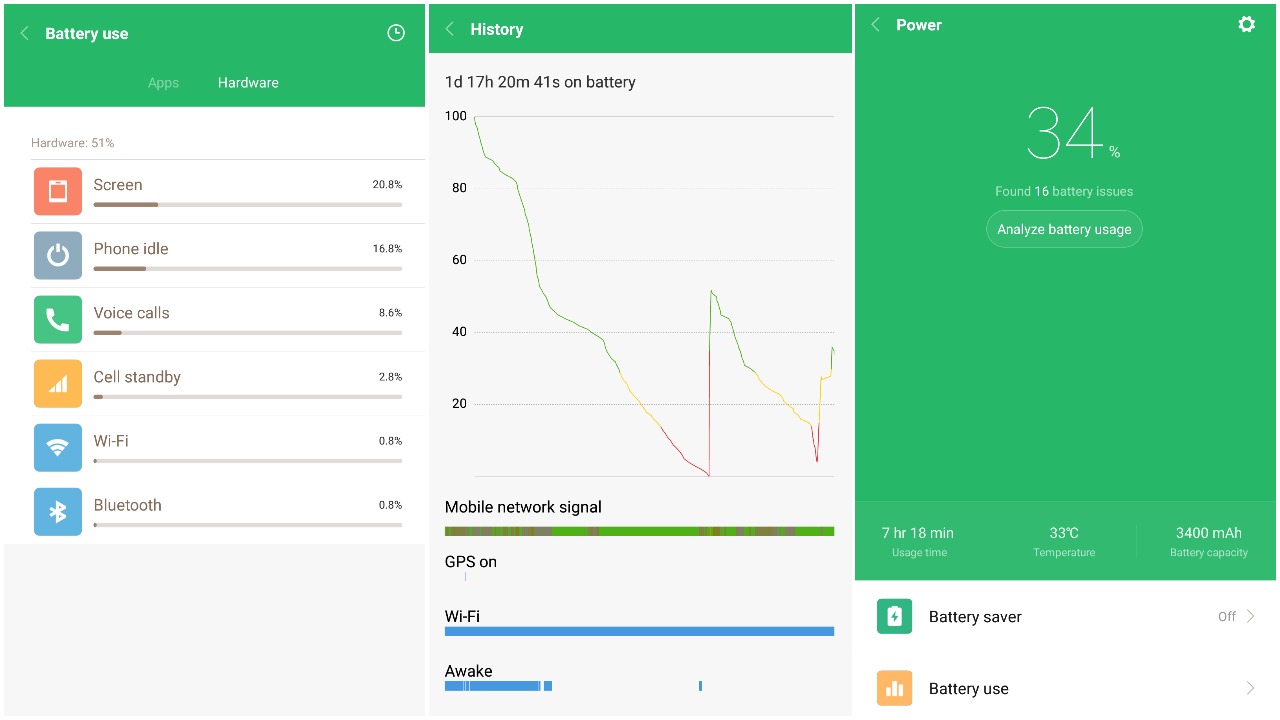
If you do a lot of gaming and watch video content on your phone, you'll still be able get to bed with some charge left without having a need to rush and look for a power source for charging.
- 20 minutes of browsing consumed three percent of battery.
- 20 minutes of video streaming consumed five percent of battery.
- 30 minutes of gaming consumed seven percent of battery.
Another plus point here is the support for Quick Charge 3.0, that does not give users a chance to complain. So if you are about to head out for a party and have have a limited time to charge your phone, a quick plugin before you leave will do hours of job in few minutes.
Xiaomi bundles the Quick Charger inside the retail box. Just remember to keep it with you while traveling as during my testing, the Mi Mix 2 did not support all the QC 3.0 chargers I tried.
Still, if there's no scope of getting a chance to charge then you can always switch to battery saver mode.
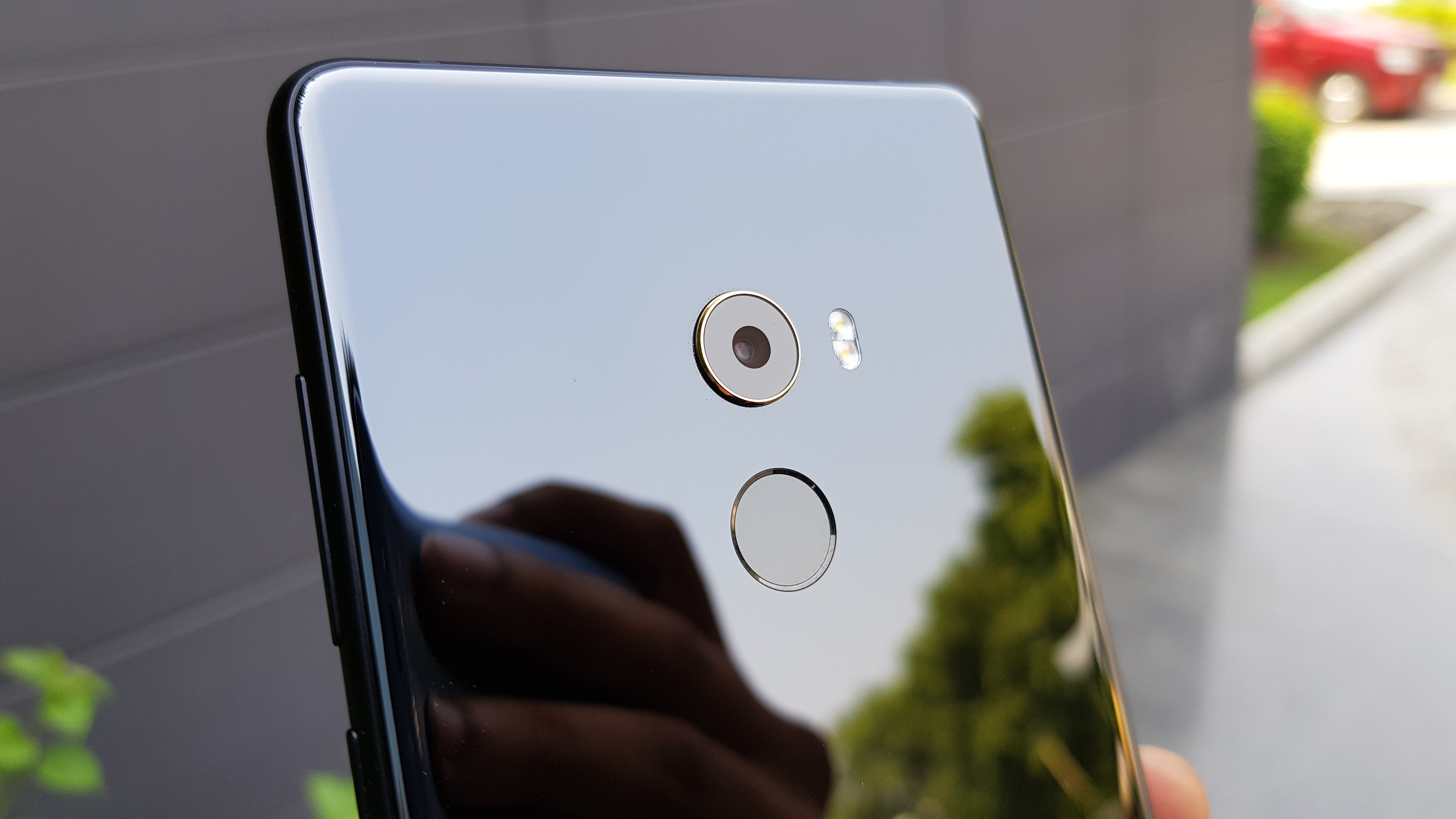
Camera
- A good day light rear camera
- Front camera placement is aggravating
The Mi Mix 2 comes with a 12MP Sony IMX368 rear sensor which features HDR, face detection and 4-axis OIS (optical image stabilization). On the front, it has a 5MP camera that has been awkwardly placed at the right corner of the chin to achieve the seamless bezel-free design.
The camera software is similar to what we have seen on other MIUI based phones. The interface is clean and clutter-free and it has all the necessary modes to let you play with the shutter.
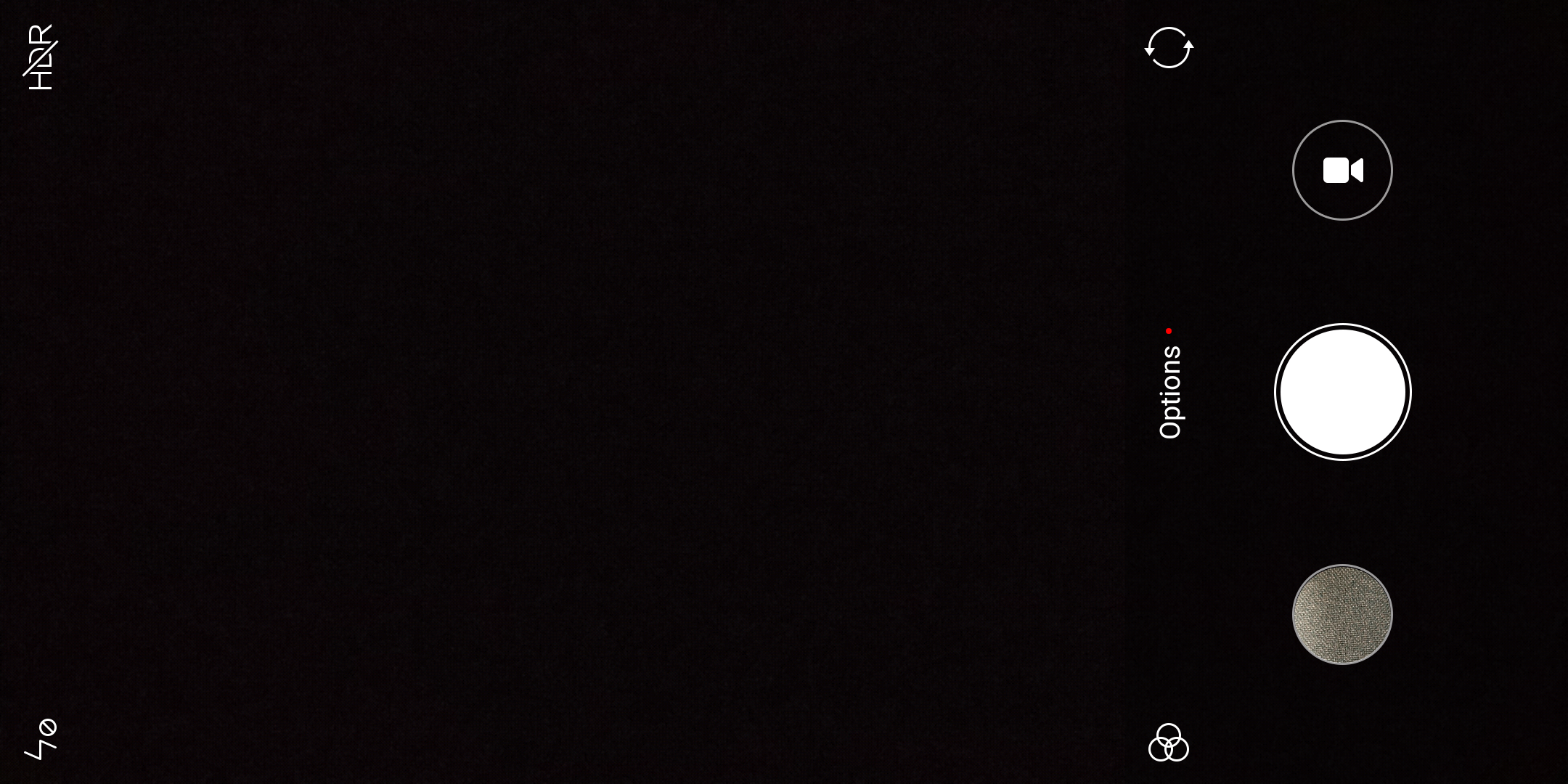
Xiaomi didn’t try to do anything extra with the rear camera on the Mi Mix 2 like the Mi 6. There isn't a lot special about the camera apart from stabilisation, 4K video and enhanced low light shooting.
Daylight pictures are very impressive but in low light, there’s no surprise served. When under natural light, the Mi Mix does a stellar job if you have even a little knowledge of photography. It captures punchy colours with great dynamic range. It does not compromise even in well lit artificial light scenarios but you cannot expect natural colours and totally noiseless images every time. No doubt, the OIS does aid the camera performance big time, I clicked a picture of the back of a truck on a moving vehicle with 2X digital zoom and the result I got was pretty convincing.
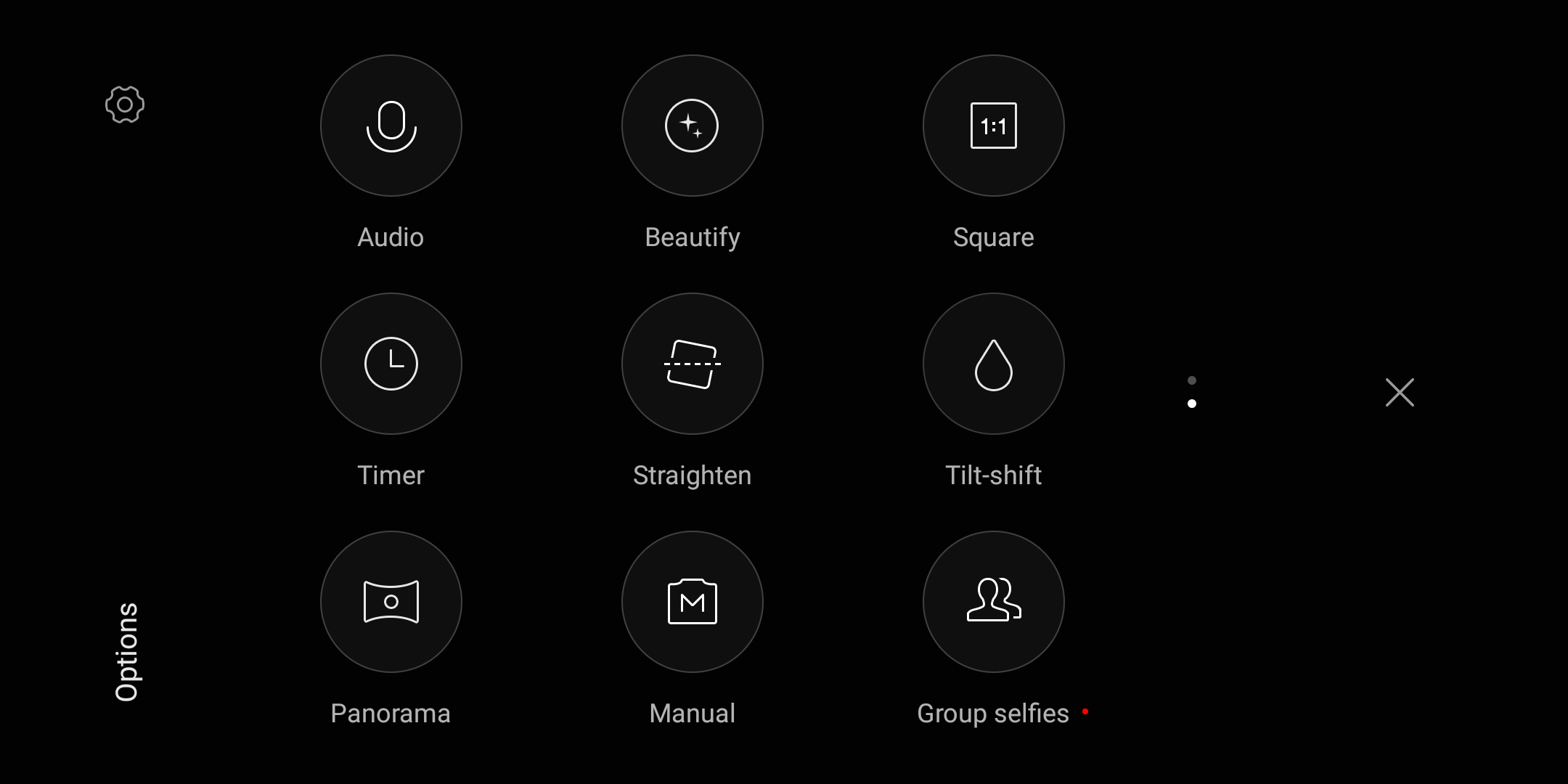
The front camera as we've been repeating is oddly placed and doing a video call using a third party app is a total mess. When you are on a video call, it seems like you are looking away from the phone and end up trying to get the camera in place.
It's not just oddly placed, but the angle is very narrow when phones are opting for wide angle front cameras. So don't expect very good looking shots from the front camera, especially in low light conditions.
In my honest opinion, the camera is nothing that can wow you but you can't underrate it too. The rear camera is fast, processing is snappy and it does not compromise with details and colours when there is enough light. But if you compare it with cameras on competing devices, I would say the Nokia 8 is a better camera phone.
Camera samples






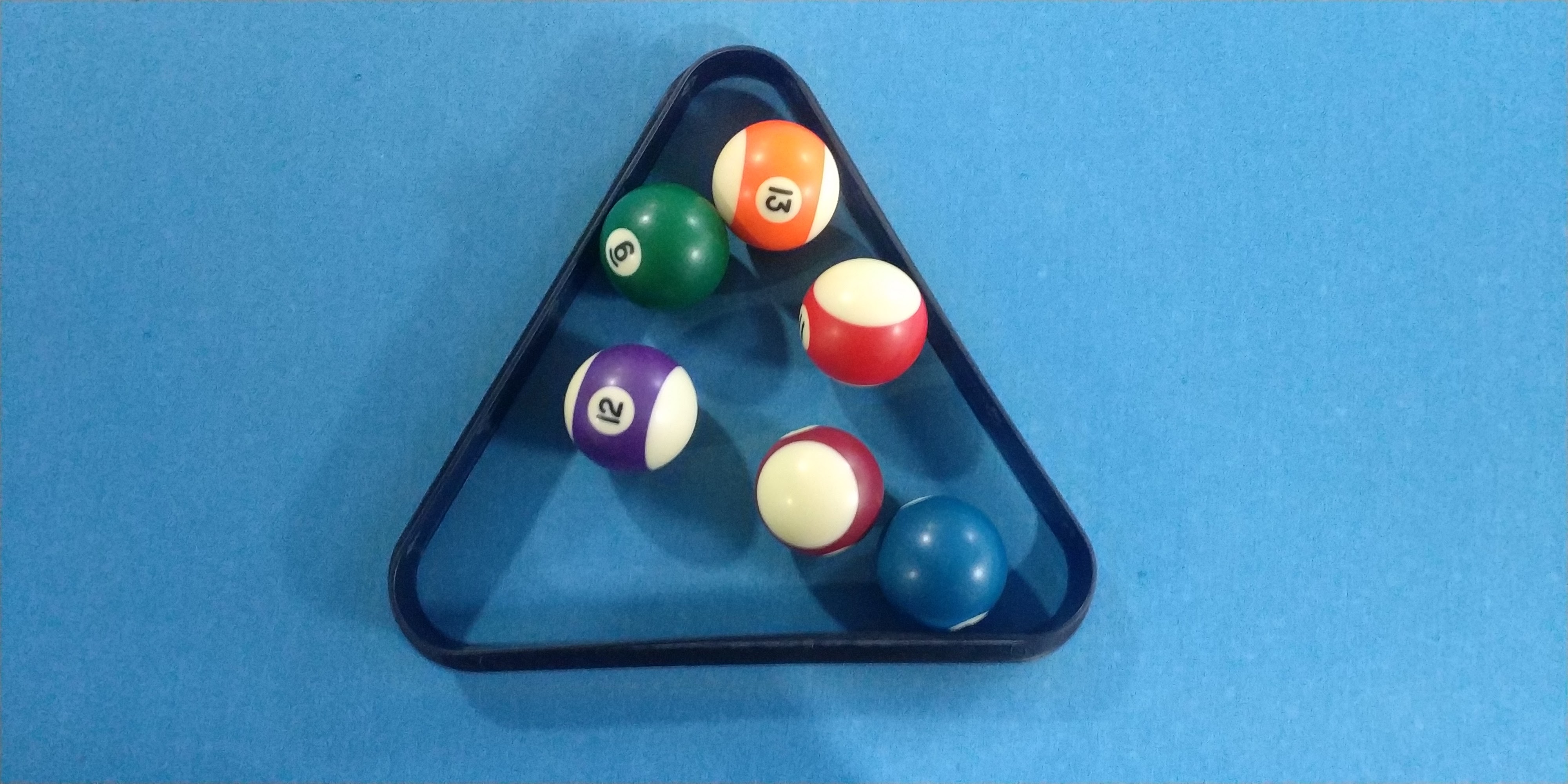

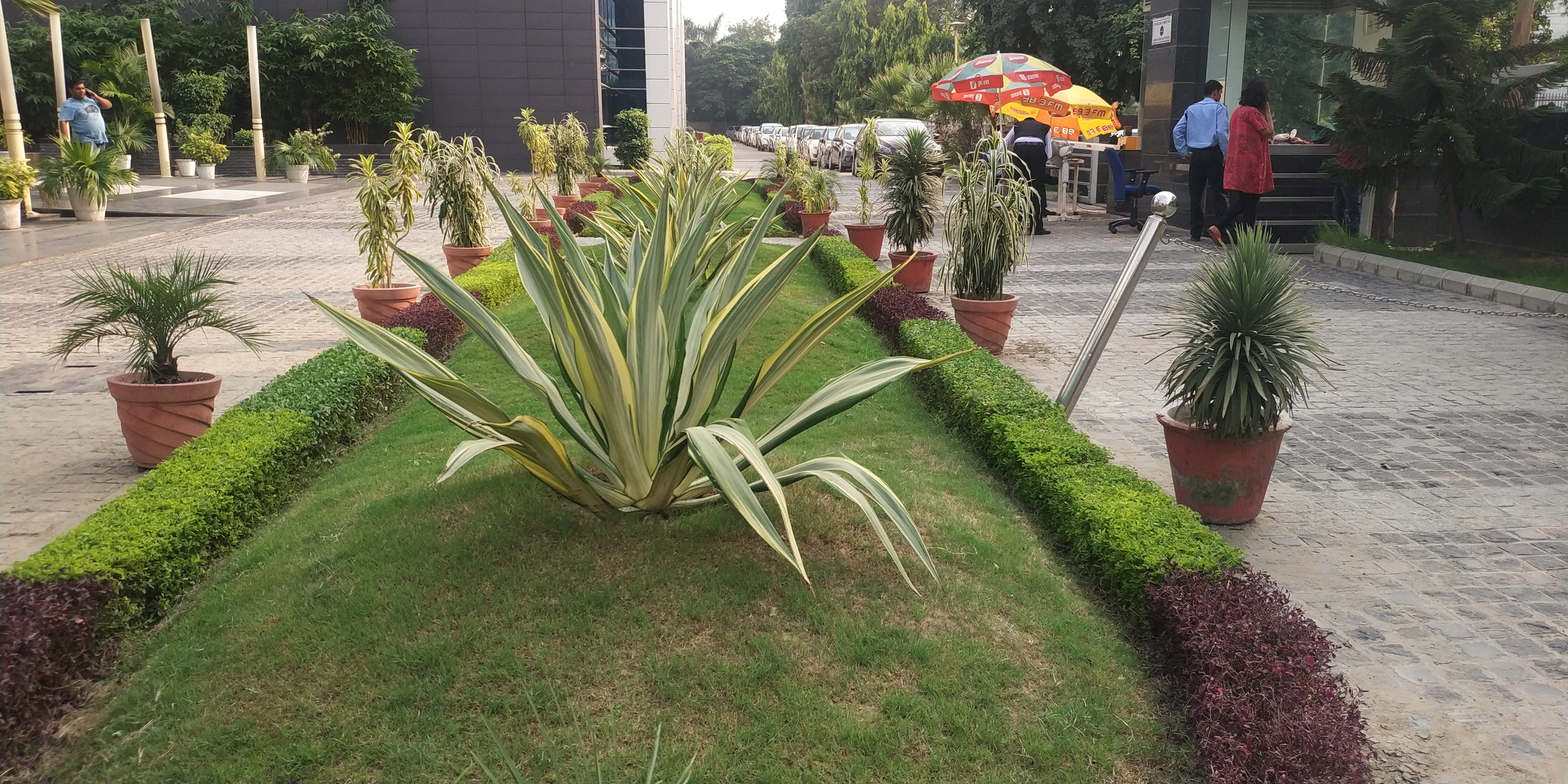



Sudhanshu Singh have been working in tech journalism as a reporter, writer, editor, and reviewer for over 5 years. He has reviewed hundreds of products ranging across categories and have also written opinions, guides, feature articles, news, and analysis. Ditching the norm of armchair journalism in tech media, Sudhanshu dug deep into how emerging products and services affect actual users, and what marks they leave on our cultural landscape. His areas of expertise along with writing and editing include content strategy, daily operations, product and team management.
